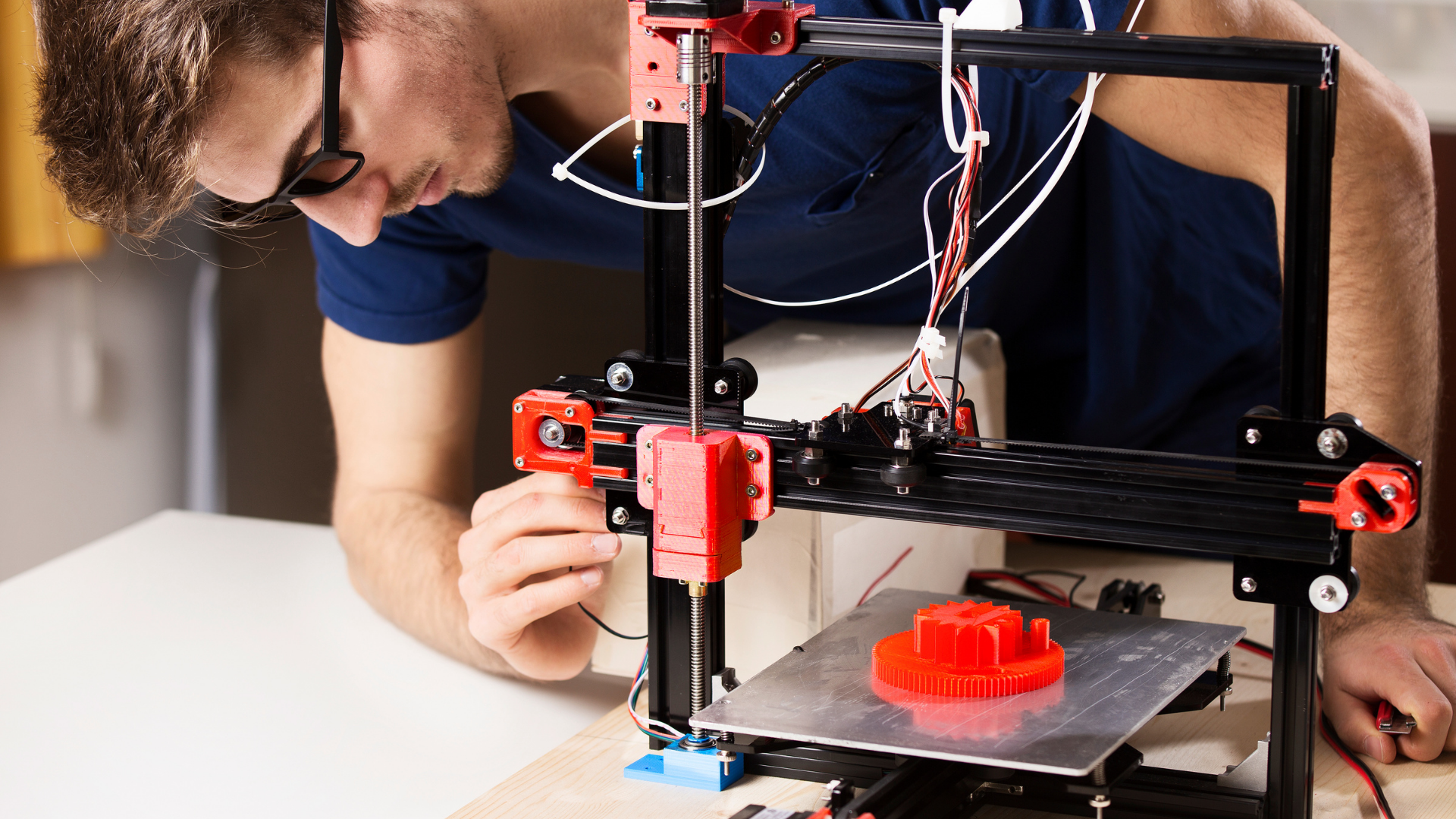
Static vs Dynamic Websites
Websites are often defined by two main types: static and dynamic. Static websites are often fixed and display the same content for every user, usually written exclusively with the mark-up language, HTML. Many beginner web developers build static websites to understand the technologies better. But there are plenty of static websites that look fantastic.
A dynamic website, on the other hand, is one that can display different content and provide user interaction. An example of this is a chatbot like those provided by Salesforce.com which can interpret what the visitor has written and help point them in the right direction. This is achieved by making use of advanced technologies and programming and databases in addition to HTML. Because of the difference between these two, I am going to compare the two so you can make a better choice for your future web projects.
Static Websites
Static websites often come with a fixed number of pages that have a specific layout. When the page runs on a web browser, the content is literally static and does not change in response to a user’s actions. A static website is usually created with HTML and CSS in simple text editors like Notepad. Some do also decide to use code editing software like Sublime Text or Visual Studio Code.
If you need a website smaller than three pages, opting for a static website is the popular and proper choice. Building it does not take too much effort or time as in the same of dynamic websites. If the pages of your website must have different styles and looks to them, the HTML code can easily be duplicated on each of these pages. People often create a master template which they use to create a consistent layout when they are using their approach.
Dynamic Websites
Compared to static websites, which some might consider more rudimentary, a dynamic website is more functional. It allows users to interact with the information in engaging ways. To get this additional functionality, it requires more than just HTML code.
Static websites use only client-side HTML and CSS code while dynamic websites rely on both client-side and server-side scripting languages such as JavaScript, PHP, or ASP. When a user accesses a dynamic website, the site can be changed through intelligently constructed code that is run in the browser and/or on the server. The end result is the same as that on a static website: an HTML page displayed on the web browser but with a few more bells and whistles.
To create dynamic content, such websites use a range of server-side and client-side scripting. Client-side scripting refers to code that is executed by the browser, often with JavaScript. While server-side scripting refers to code that is executed by the server (before the content is sent to the user’s web browser).
Static Vs. Dynamic
Static websites are basic pages that require simple code and design elements to make. “Static” also refers to the website being fixed in terms of page numbers. A fixed number of pages are delivered to the user making implementation simple and efficient.
Conversely, the word dynamic refers to elements that are continuously changing, interactive, and functional. Instead of being simply informational, dynamic websites include aspects that are characterized by interactivity and functionality. They are significantly more complicated in terms of development and design, but fair more versatile.
Both approaches have their merit, it depends entirely on the functional requirements of the website. If you are trying to see a valuable product that is technologically driven, a dynamic website might be the right option for you. On the other hand, if you have a simple use case and need to produce a site quickly, a static website will do a fantastic job.
Ultimately, understanding your needs and scope for the website you are building should inform your decision when choosing an approach. If you are only making a small, simple site, making a static website is a fantastic option (and if you’re a total beginner, you might want to read more about how to get started with making a website). On the other hand, a dynamic website would be a great choice if you are trying to create a website that provides an immersive experience for its users.
Web Performance: How to Improve UX
You May Also Like

How to Pick a 3d Printer
May 16, 2022
Python Vs Java
December 4, 2020
